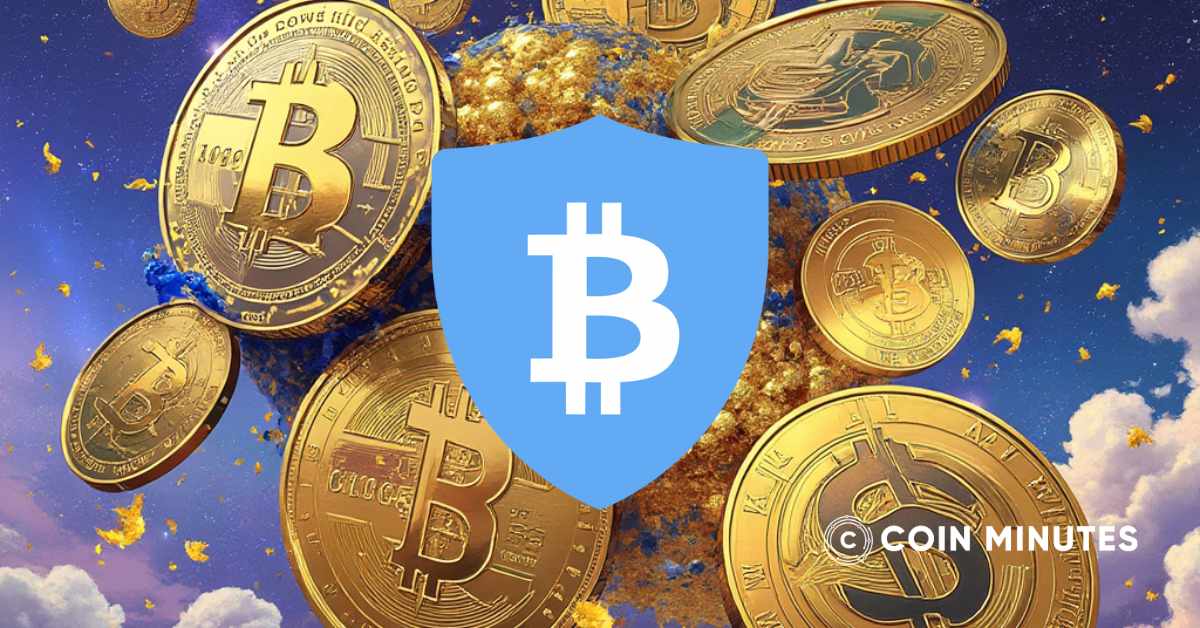On September 18, at TOKEN2049, BitGo’s CEO Mike Belshe officially announced the USDS project on stage, emphasizing the company’s goal to create a more “open and user-friendly” stablecoin compared to the options currently available.
USDS is backed by safe assets such as short-term treasury bonds, overnight loans, and cash. What makes USDS unique is that, instead of benefiting end-users, it rewards liquidity providers—a concept BitGo refers to as the first “open participation” stablecoin in the market.
💸 Introducing $USDS
The first open-participation stablecoin to redefine financial freedom.
Built on a foundation of transparency, USDS empowers the community by democratizing the stablecoin experience and putting the power back in your hands.
🏦 1:1 USD Backing: USDS is fully… pic.twitter.com/pfzXWGZ1ze
— BitGo (@BitGo) September 18, 2024
CEO Mike Belshe shared before his keynote at Token2049:
“The main reason for launching USDS is that, while existing stablecoins serve a good function, we see an opportunity to create a more open and fair system that promotes innovation and, most importantly, rewards those who build the network.
A stablecoin’s true value comes from the people using it, the liquidity they provide, and the access points for interchange.“
BitGo plans to distribute a portion of USDS’s reserve profits to organizations contributing liquidity.“At the end of each month, we generate some return from the cash being held in the underlying fund, and we will pass it back to the participants on a pro-rata basis, based on their custody of the asset,” Belshe stated.
This profit-sharing model may resemble dividend payments, raising concerns that it could be classified as an “investment contract” under the strict regulations of the U.S. Securities and Exchange Commission (SEC). However, BitGo assures that USDS won’t fall into this category, as the profits are distributed to liquidity providers, not end-users.
Some other stablecoins have opted to reward end-users, which has forced them to exit the U.S. market to avoid regulatory issues.
“You end up with either the folks that opt into only the U.S. market, and then the folks that opt into only the non-U.S. market, like Mountain Protocol or Lift Dollar out of Dubai. They can’t sell in the United States because they are a security,” Belshe explained.
The stablecoin market is currently dominated by major players such as Tether’s USDT, which controls 75% of the market share, and Circle’s USDC, which recently expanded to the SUI blockchain. Meanwhile, PayPal’s PYUSD has reached a market cap of $1 billion. BitGo aims to catch up with these industry leaders through USDS, targeting $10 billion in assets by the end of next year.
BitGo plans to list USDS on major exchanges and hopes to make a breakthrough in this rapidly growing sector, thanks to its unique reward strategy for liquidity providers.
Related news: Tether USDT Increases Over 20%, Dominates Stablecoin Market with 75% Market Share








